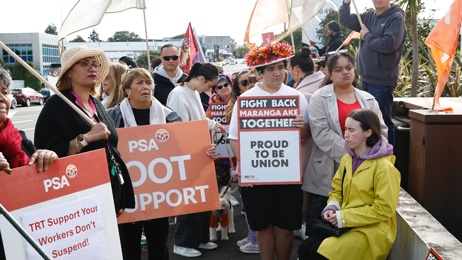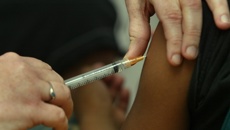
Health providers are concerned Te Whatu Ora’s winter preparedness plan is not adequately addressing staffing shortages in rural areas.
The 24 initiatives launched by Te Whatu Ora included additional funding for telehealth services, boosts to vaccination campaigns, and free consultations from pharmacists.
Ruapehu Health clinical service manager Tracy Mitchell said pharmacies in her area were already overwhelmed and it was “unlikely” they could ease the workload of GPs.
Mitchell said generally, the initiatives would be more effective in a non-rural setting.
“It’s obviously going to be much harder to roll these out in a rural location.”
Hauora Taiwhenua Rural Health Network chairwoman Fiona Bolden said while she welcomed the initiatives, they were “short-term measures”.
“We’re in a pretty desperate state.”
There were concerns for elderly patients and pregnant women in rural areas ahead of the winter flu season.
Bolden said the set of suggestions did not address the underlying problems for rural healthcare such as the funding of primary care and the workforce pipeline.
Staffing shortages had been “particularly severe” in rural areas for the past 20 years.
“There are very few people on the ground to provide services anyway, and they’ve been under a great deal of workplace stress for a long period of time.”
Te Whatu Ora aimed to increase direct referrals from GPs to private radiology, but Bolden said a suggestion like this was not possible in rural areas where there weren’t any private radiology providers.
Meanwhile, Mitchell said one initiative that worked in a rural setting was the use of online video appointments, and about 40 per cent of patients at Ruapehu Health were now seen through telehealth consultations.
“Those consultations generally go very well so it does take the pressure off the actual staff more.”
The Ruapehu clinic had one doctor averaging 17 patients a day through telehealth, with each patient assessed by a skilled registered nurse before their online consultation.
“We just had to make it an effective way because it’s difficult to get GPs to come to our rural location.”
A Te Whatu Ora spokesperson said the initiatives would be regionally tailored for implementation in local communities.
“There’s a focus on more-convenient and equitable access to care in the community including via clinical telehealth, pharmacy advice and care.”
The spokesperson said there would be a focus on longer-term initiatives such as ensuring more services were available, especially for Māori, Pacific, and disabled and older people.
“These actions are focused on a combination of improving access to health services for people closer to where they live, as well as measures to help manage the demand for hospital-level care over winter.”
Take your Radio, Podcasts and Music with you









